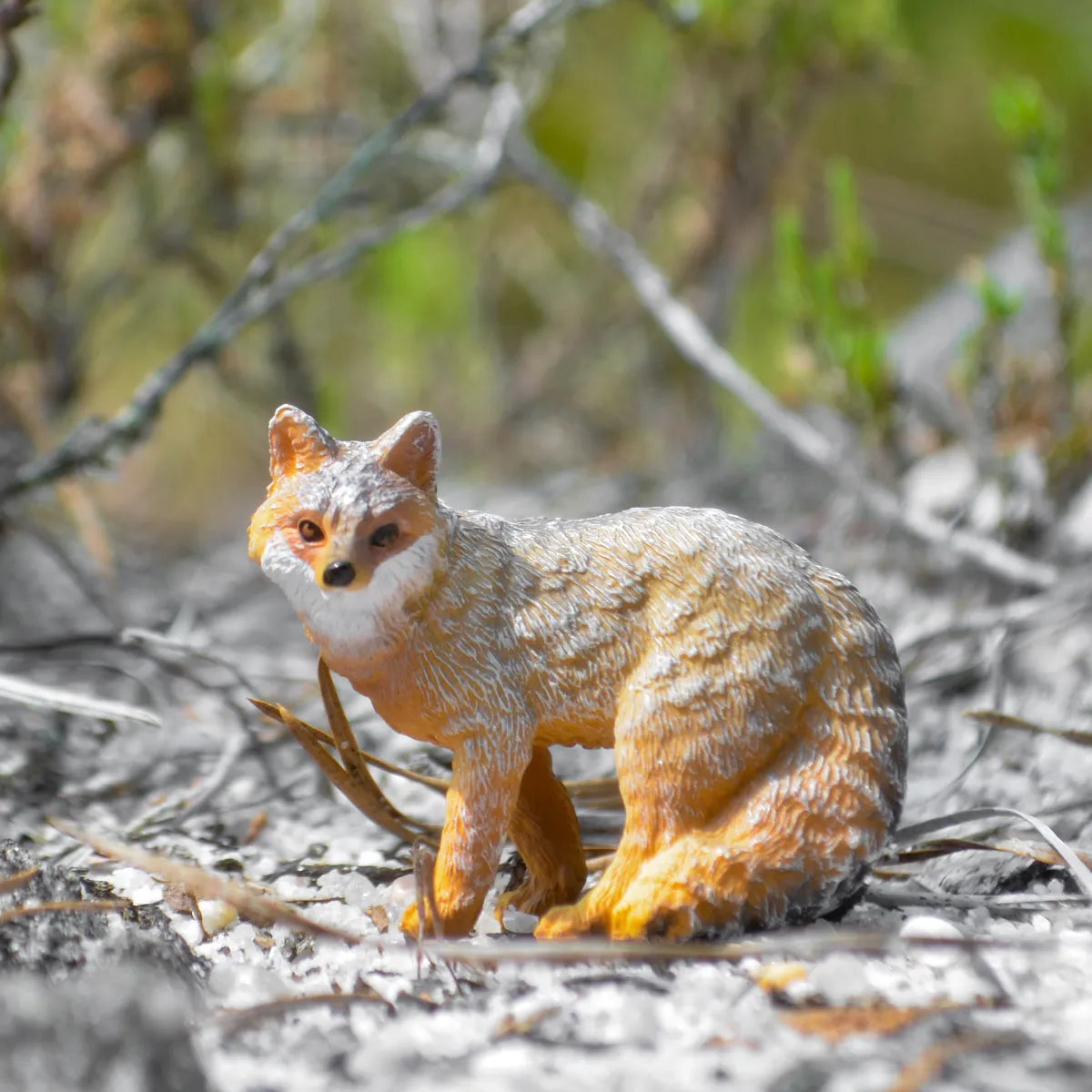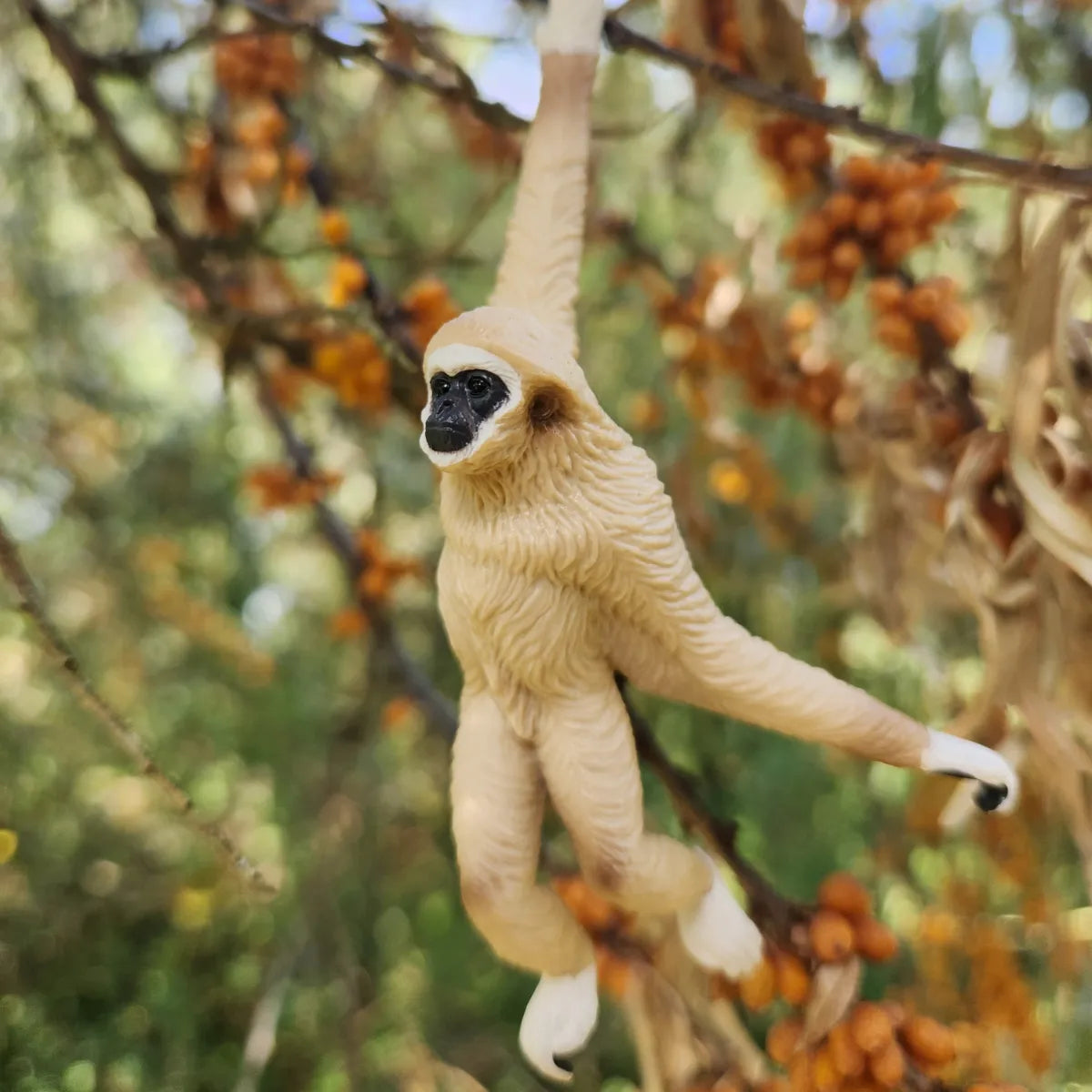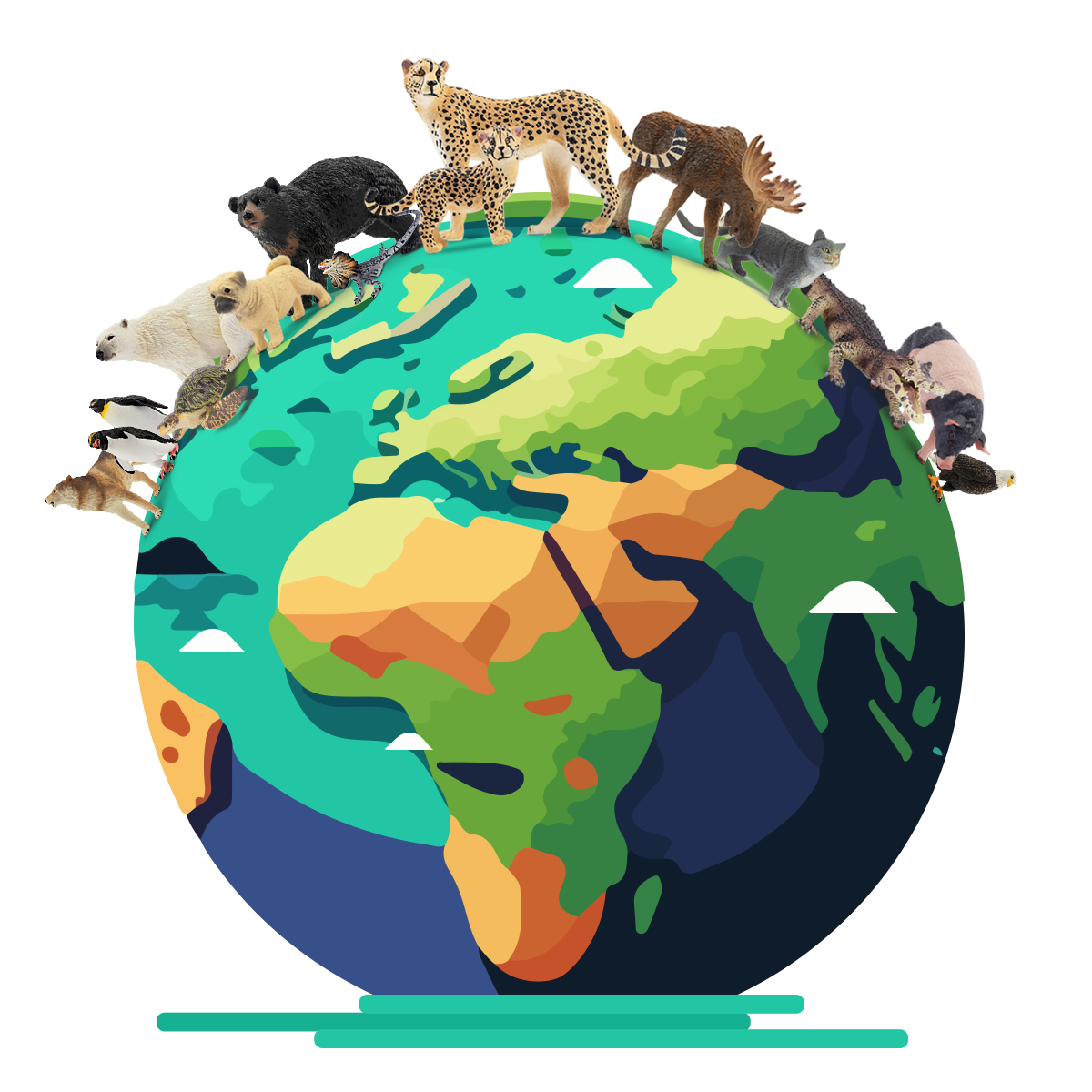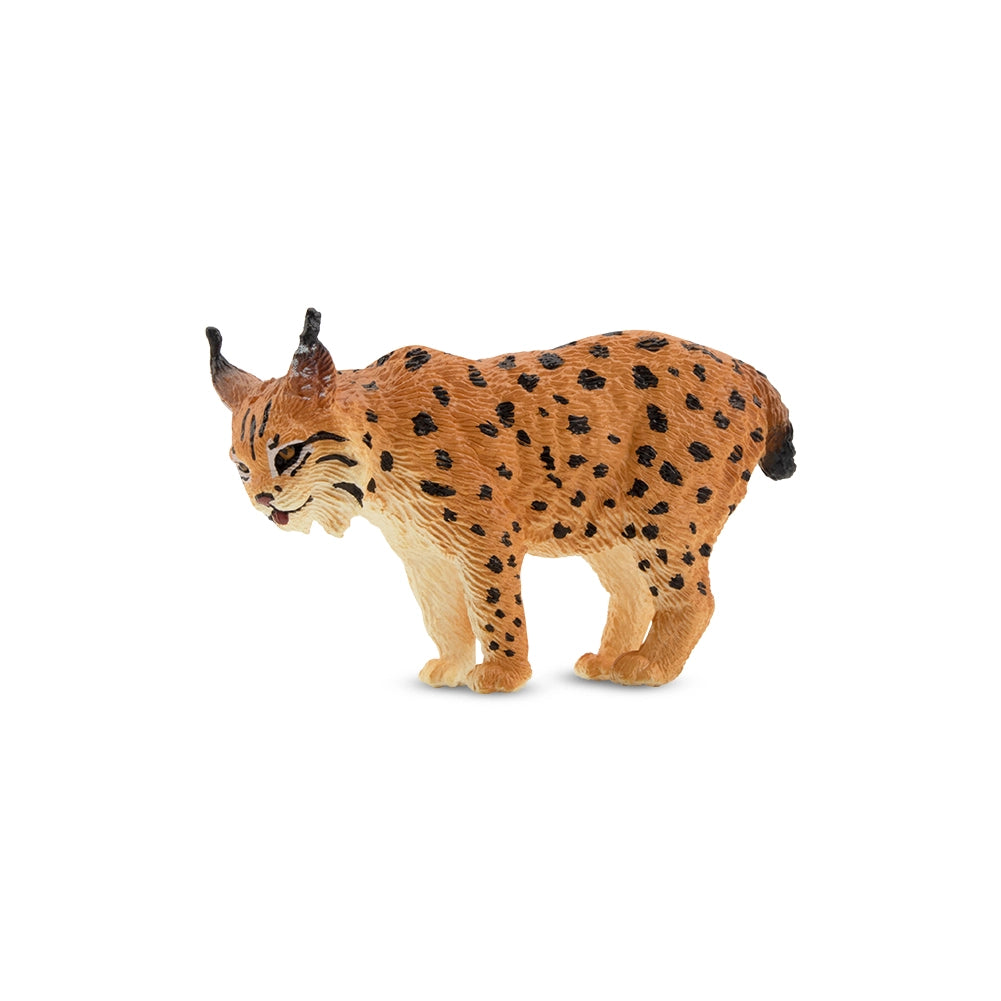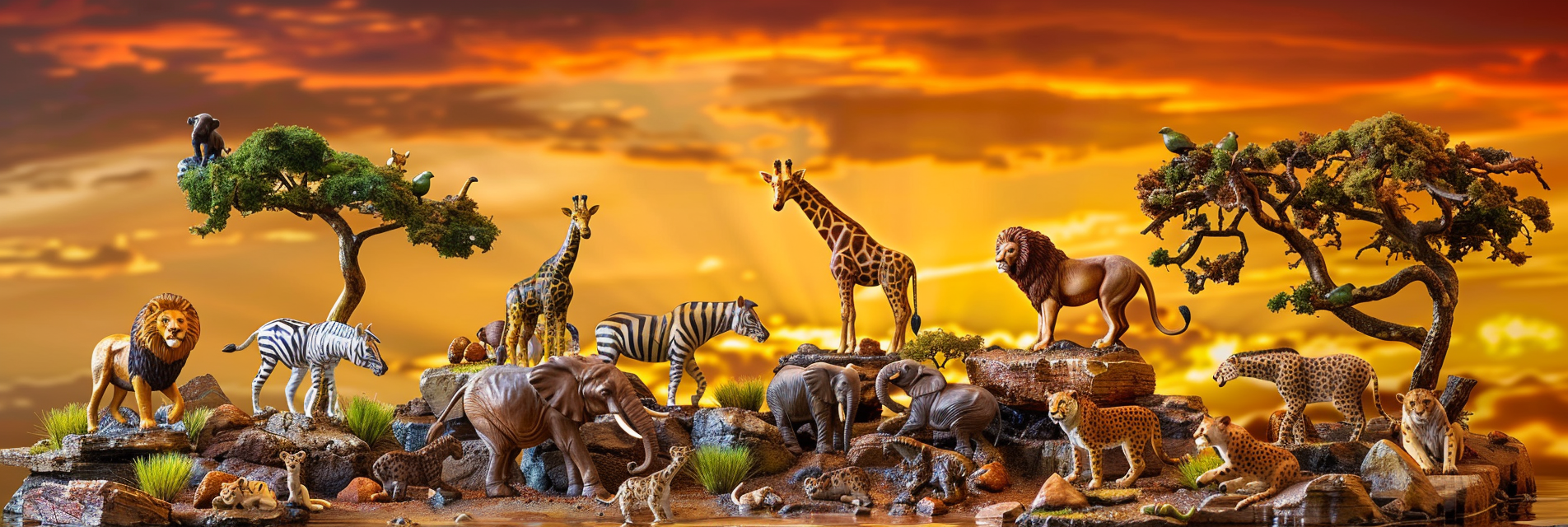
Lynx
The lynx is a medium-sized wild cat native to the forests, mountains, and tundra regions of the Northern Hemisphere. There are several species of lynx, including the Eurasian lynx (Lynx lynx), Canadian lynx (Lynx canadensis), Iberian lynx (Lynx pardinus), and the bobcat (Lynx rufus). Each species has adapted to specific habitats, exhibiting unique behaviors and playing crucial roles in their respective ecosystems.
Scientific Name
Lynx
Behavior
Lynxes are solitary and elusive creatures, known for their stealth and effectiveness as predators. They primarily hunt at dawn or dusk, preying on a variety of animals such as hares, rodents, birds, and deer. Lynxes are territorial animals, marking their range with scent marks to communicate with other lynxes and to establish boundaries.
Breeding
Lynxes typically breed once a year, with the mating season occurring in late winter or early spring. After a gestation period of about two to three months, females give birth to a litter of one to four kittens. The kittens are born blind and depend on their mother for food and protection. They remain with their mother for up to nine months, learning vital survival skills before venturing out on their own.
Characteristics
Lynxes have several distinctive features, including tufted ears, short tails, and large, padded paws that are highly adapted for walking on snow. Their fur, which varies in color based on the species and their environment, provides excellent camouflage. Lynxes also have a keen sense of hearing and sight, which are critical for hunting in their often dense and rugged habitats.
History
Lynxes have been admired and feared by humans throughout history, often featured in folklore and mythology as symbols of mystery and beauty. Their populations have fluctuated significantly due to human activities such as hunting for their fur and habitat destruction. Efforts to conserve lynx populations have increased in recent years, with some success in stabilizing numbers, particularly for the Eurasian and Canadian lynx.
Current Status
The conservation status of lynx species varies. The Iberian lynx was once considered the most endangered cat species in the world, but conservation efforts have helped increase its population from a critical low. The Canadian lynx and Eurasian lynx are generally considered to have stable populations, although they face ongoing threats from habitat loss and fragmentation. The bobcat, being more adaptable, has a wider distribution and is less threatened, although it still faces pressures from habitat destruction and the fur trade.


